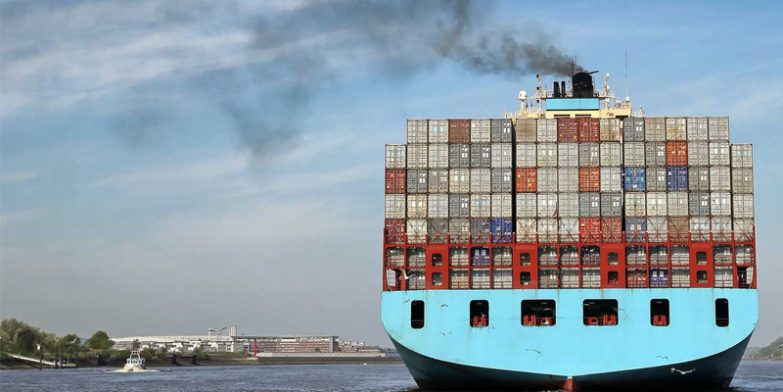
On the 1st January, IMO 2023 will require container ships to comply with a new round of vessel efficiency and carbon intensity regulations, with three specific requirements for every vessel, that could reduce effective ocean carrier capacity by up to 15% between 2023 and 2024.
Global shipping currently accounts for 2.3% of global CO2 emissions and the International Maritime Organisation (IMO), has committed to at least 40% reduction in carbon intensity by 2030.
IMO 2020 regulated the largest reduction in the sulphur content of a transportation fuel undertaken at one time, with the cost of ocean freight increasing as the marine sector adopted more costly low-sulphur fuels, or fitted scrubbers.
IMO 2023 regulations mean that container ships need to meet a specific Energy Efficiency Existing Ship Index (EEXI), have an enhanced Ship Energy Efficiency Management Plan (SEEMP) that lays out the vessel’s energy efficiency improvement steps, and determine the vessel’s Carbon Intensity Indicator (CII) rating scheme.
All container ships must have an CII and will be rated A trough E and any ship rated D or E for three consecutive years must implement a corrective action plan to reach C or above and if the shipping cannot comply, the vessel will have to be removed from service.
The CEO of a leading carrier has stated that to improve the energy ratings of older vessels they need to either use biofuel, or slow down and calculated that his line would lose between 5 and 15% capacity to comply by lowering speed.
The challenge for shipping lines, is that vessels are already running at reduced speeds, and should they slow down by just 10%, the lines will need 10% more ships to just to keep up.
Leading industry analysts suggest that slow-sailing is the most likely option, given the shortage and costs of biofuels, and that the capacity loss will be the higher 15% figure, and that takes into account 9% growth in the container fleet, with new tonnage.
What should be massive capacity growth coming in 2023 and 2024 is going to be severely tempered by vessel scrapping and the new IMO 2023 environmental regulations.
Older tonnage that struggles to comply with the new standards will be forced to refit or retire. The world cellular containership fleet numbers 5,627 vessels of 25.5 Mteu, with a potentially ‘scrappable’ 2.5 Mteu, totalling 1,102 vessels of 20 years of age and older.
Compliance with the IMO’s regulations is likely to result in larger ships dominating the global fleet and the danger is that direct routes will be reduced, as these vessels may make fewer port calls, with less-frequent services, designed to maximise the capacity utilisation of every vessel.
Global supply chains continue to be challenging and are going to be under pressure for a while yet, which is why share important news and developments, like IMO 2023, so that you are informed and prepared to make critical decisions.
Please EMAIL Andy Costara to discuss your supply chain situation and the potential impact of IMO 2023.





